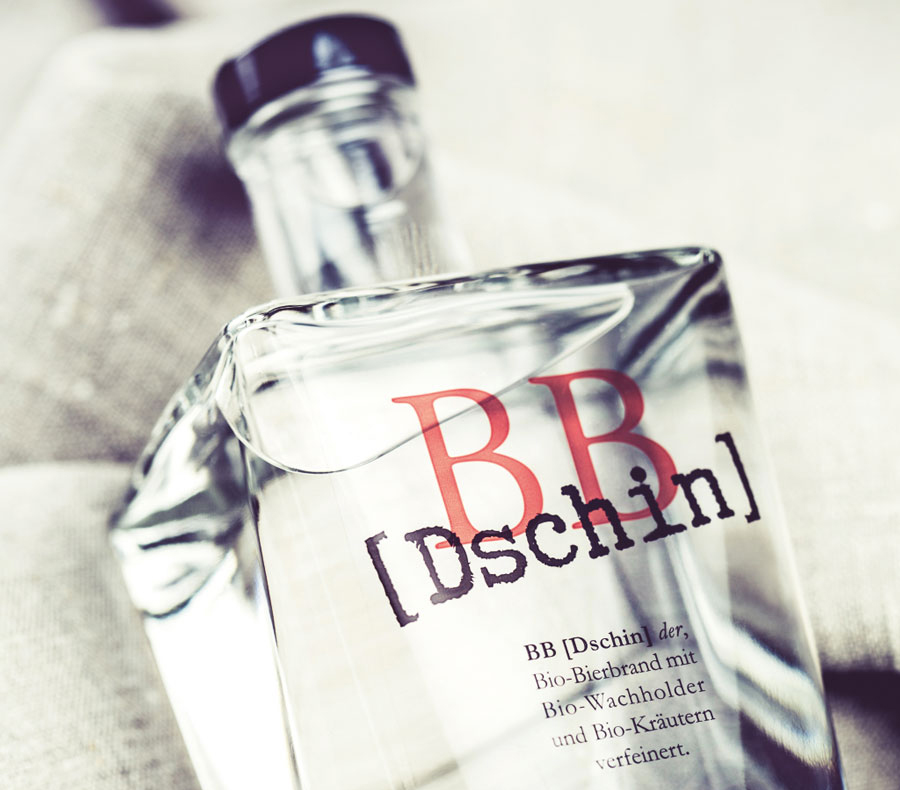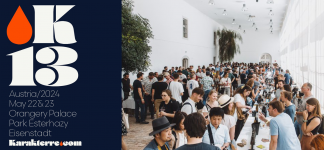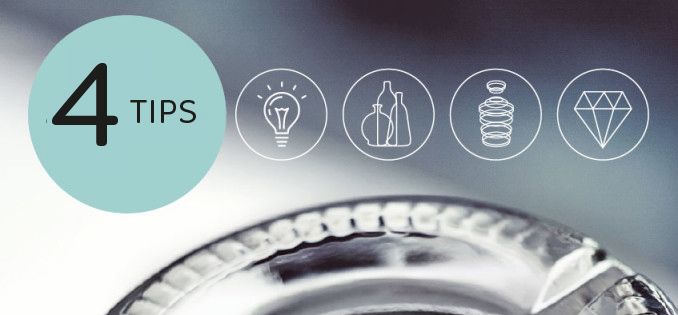
What else GIN needs
4 tips for the perfect bottle for your young brand.
The highly recommended blog EYE FOR SPIRIT (www.eyeforspirit.com) has a good article on this: four tips for launching a GIN brand. Good story. Well worth reading. So we decided to add our two cents’: here are our tips on how to create the perfect bottle for your new GIN brand and what you need to bear in mind with spirits bottles in general.

Thinking about the finished product
Any new project is doomed to fail if you don’t have a clear vision of what kind of spirit you want. What market is it supposed to target? High end? Boulevard? Party scene? You can do anything you want. The question is, how will the consumers receive it? How will they understand what it’s about? This is where product design comes into play. Of course, a name says a lot about the product. But what happens if the name and the aesthetic don’t match? And then there’s the look and feel of it. So, you see: the design process doesn’t end with choosing a name or coming up with a creative logo. The possibilities are now so varied that you don’t need an image that’s only slightly different. It is also possible for small budgets and small runs to achieve a high degree of individualisation.
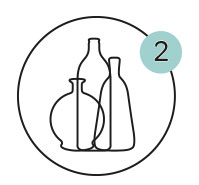
Form = function
Of course your packaging must meet technical and practical considerations. But that should be the “mandatory program”, if you like. Product design is the “freestyle event”, if we may use this ice skating analogy. And this “freestyle event” can be expressed through the shape of the bottle. Ask yourself: which shape best showcases my product? Which shape tells the story of my product the most accurately? Which type of glass is/would be the right one? Do I need high UV protection, so it has to be dark? Or do I want to show off the liquid, in which case white would be more appropriate? Maybe a different colour entirely? Why do bottles always have to come in the same colours? Who said so? Not us.
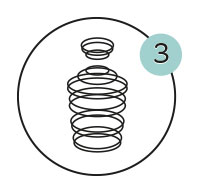
Individual, personal, high quality
The journey continues. You always thought that Burgundy wine bottles were pretty stylish, even when empty? You’re right.
These are dark, heavy bottles with deep bases and often embossed on the neck or shoulder. All these details mean that we perceive them to be special. And, what works for a wine bottle also works for a gin bottle. If you want to make clear from the outset that your spirit is something out of the ordinary, you should make the most of a bottle’s shape and feel. You don’t have to worry about ecology – glass is the most natural packaging material there is; your packaging would be 100% recyclable and highly sustainable.
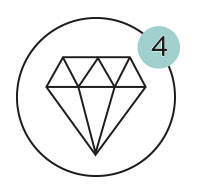
Finishing, printing, type of closure
Unlimited resources at your disposal. Lacquering, direct printing, 3D printing and much more are still economically feasible even for small quantities of about 1,000 pieces. AHowever, in holistic product design we should never neglect to consider the type of closures needed. Your product will have a few specific requirements as regards closure. Apart from that, anything is possible, be it a personalised cork or twist-off cap, not to mention screen printing, lacquering or embossing. All feasible – and in small quantities of 1,000 pieces. Freedom of style applies here i.e. whatever adds coherence to your image.
So. Those were our 4 tips for the perfect bottle. But because we want to do our best for every start-up in the spirits sector, to conclude we also have a list of important questions that it is important to clarify BEFOREHAND in order to avoid unnecessary and above all expensive mistakes:

> Have the technical requirements of the bottle been fully clarified?
Are you using machine labelling? Probably. In this respect, it would be good if your bottle had an indent on the base! Otherwise you won’t get your expensive label positioned properly in the middle. An indent on the bottle base is also advantageous for a possible finishing touch (screen printing or similar).
> What’s the transport packaging like?
Honeycomb cardboard is a bit more expensive than standard cardboard, but it does prevent the scratching that may occur when transporting from the glass manufacturer to the distiller for a manageable extra charge (approx. € 0.04 per unit). Money well spent, we would say.
> Where is my product stored?
High temperature fluctuations do not only harm the distillate.
No, you could also impair the glass quality.
Ugly deposits or flocculation may result.
> How does filling work?
Bottles are supplied “fresh from the glassworks”. This means that there may be production dust in the bottles. Not many bottlers rinse the bottles before filling. See the problem? Incidentally, it’s best to rinse your bottles with the distillate itself.
You see: it’s a long and rocky road to perfectionism. But well worth pursuing.


